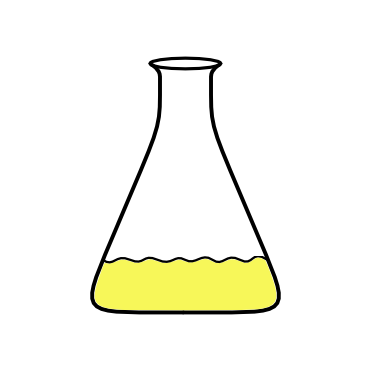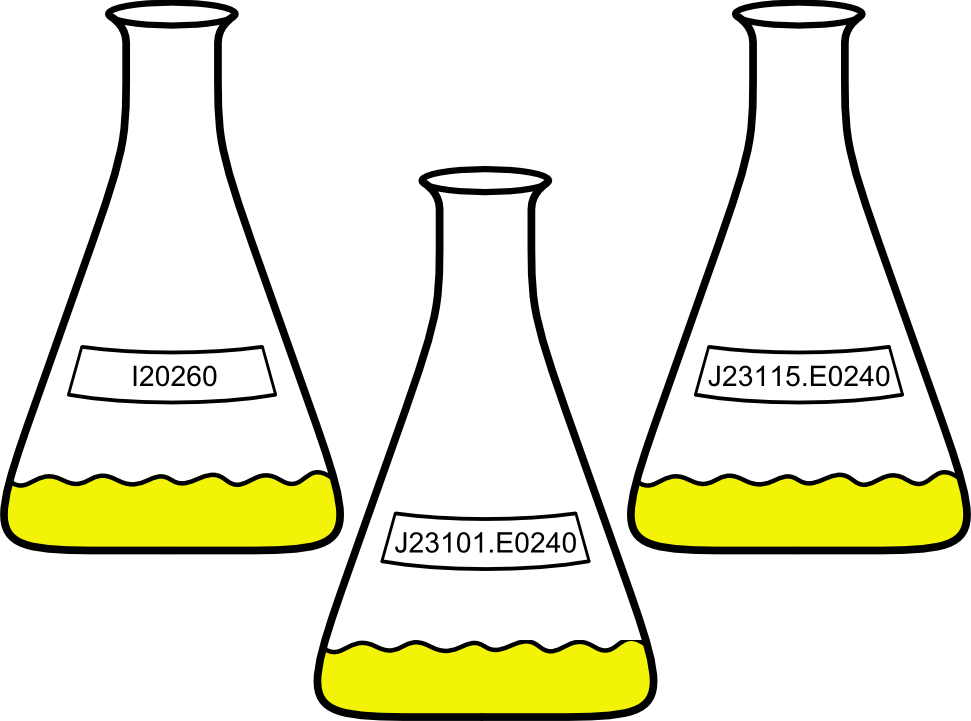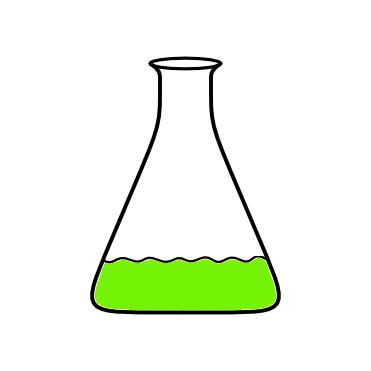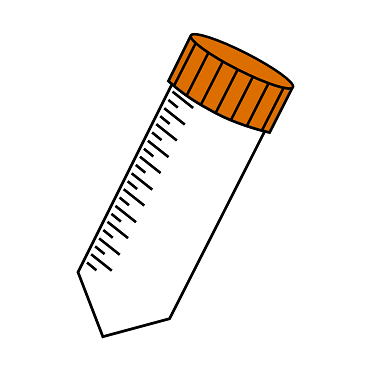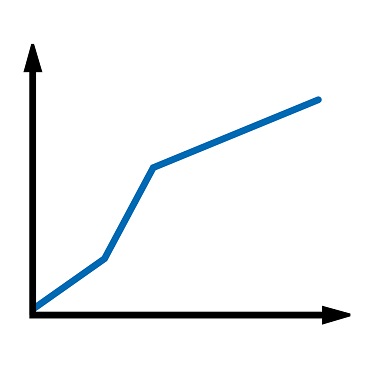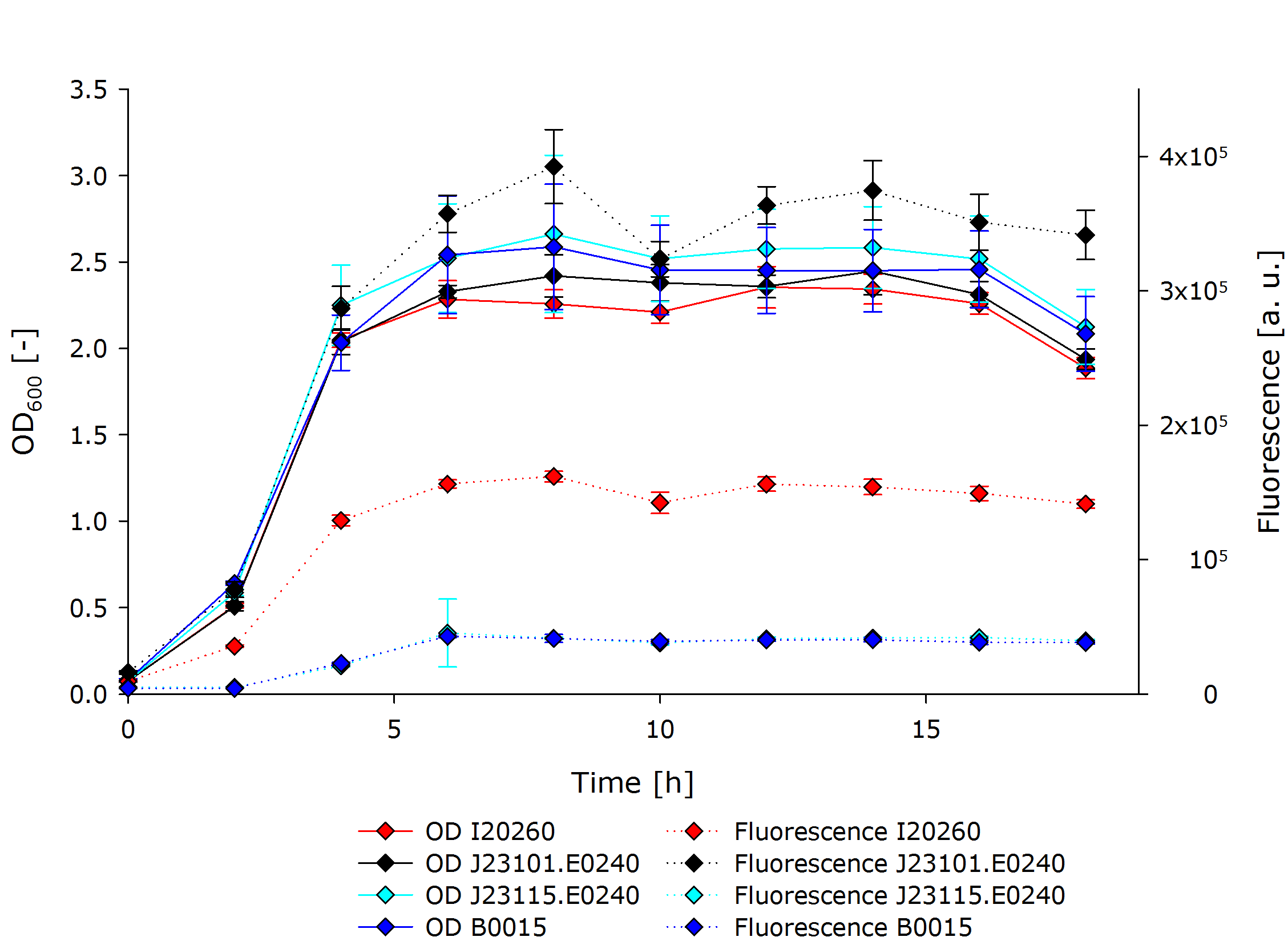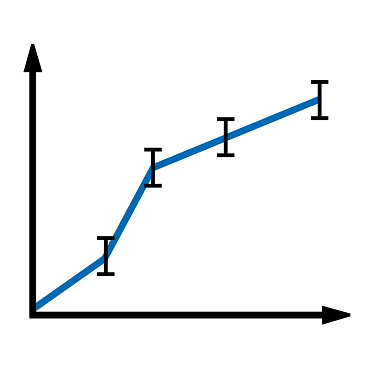Team:Aachen/Interlab Study
From 2014.igem.org
AZimmermann (Talk | contribs) |
AZimmermann (Talk | contribs) |
||
| Line 5: | Line 5: | ||
= Interlab Study = | = Interlab Study = | ||
| - | As our team is competing in the Measurement track for this year's competition, we were also required to participate in the [https://2014.igem.org/Tracks/Measurement/Interlab_study iGEM 2014 Measurement Interlab Study]. This study aims to '''collect data from iGEM teams all over the world''' on the fluorescence of '''three genetic devices expressing GFP'''. The devices differ in their plasmid copy properties and the strength of the | + | As our team is competing in the Measurement track for this year's competition, we were also required to participate in the [https://2014.igem.org/Tracks/Measurement/Interlab_study iGEM 2014 Measurement Interlab Study]. This study aims to '''collect data from iGEM teams all over the world''' on the fluorescence of '''three genetic devices expressing GFP'''. The devices differ in their plasmid copy properties and the strength of the promoter. |
| - | We introduced the three constructs into ''E. coli'' cells and measured '''fluorescence as well as optical density''' of the liquid cultures over a period of 18 hours, using '''a spectrophotometer and a plate reader''', respectively. The obtained results confirmed our hypothesis that the fluorescence of the BioBrick in the high copy plasmid pSB1C3, J23101.E0240, would exhibit a stronger signal than the constructs I20260, which is the low to mid copy plasmid pSB3K3, and J23115.E0240, which has a weaker | + | We introduced the three constructs into ''E. coli'' cells and measured '''fluorescence as well as optical density''' of the liquid cultures over a period of 18 hours, using '''a spectrophotometer and a plate reader''', respectively. The obtained results confirmed our hypothesis that the fluorescence of the BioBrick in the high copy plasmid pSB1C3, J23101.E0240, would exhibit a stronger signal than the constructs I20260, which is the low to mid copy plasmid pSB3K3, and J23115.E0240, which has a weaker promoter than J23101.E0240. During the experiment, we could observe a typical growth curve for ''E.coli'' including lag, exponential, stationary and death phase. We could show that the fluorescence we measured is rather a function of each cell than the whole culture, since all cultures had comparable optical densities. |
| Line 65: | Line 65: | ||
<span class="anchor" id="isexperimentaldesign"></span> | <span class="anchor" id="isexperimentaldesign"></span> | ||
| - | For the Interlab Study, we tested GFP-containing BioBricks for fluorescence and optical density. Subject of the study were the BioBricks I20260, J23101.E0240 and J23115.E0240. The latter consists of a [http://parts.igem.org/Part:pSB3K3 pSB3K3] backbone with an insert, a combination of the | + | For the Interlab Study, we tested GFP-containing BioBricks for fluorescence and optical density. Subject of the study were the BioBricks I20260, J23101.E0240 and J23115.E0240. The latter consists of a [http://parts.igem.org/Part:pSB3K3 pSB3K3] backbone with an insert, a combination of the promoter [http://parts.igem.org/Part:BBa_J23101 J23101], the RBS [http://parts.igem.org/Part:BBa_B0032 B0032], the GFP coding sequence [http://parts.igem.org/Part:BBa_E0040 E0040] and the terminator [http://parts.igem.org/Part:BBa_B0015 B0015]. J23101.E0240 has the same insert as I20260, but has [http://parts.igem.org/Part:pSB1C3 pSB1C3] as a backbone. J23115.E0240 only differs from J23101.E0240 in the use of another promoter, namely [http://parts.igem.org/Part:BBa_J23115 J23115]. As a '''negative control''', we used just B0015 in pSB1C3. |
{{Team:Aachen/Figure|Flasks.png|align=center|width=400px}} | {{Team:Aachen/Figure|Flasks.png|align=center|width=400px}} | ||
| Line 81: | Line 81: | ||
<span class="anchor" id="isexpectedresults"></span> | <span class="anchor" id="isexpectedresults"></span> | ||
| - | Fluorescence was expected to develop in cultures containing I20260, J23101.E0240 and J23115.E0240, as all include the GFP coding sequence. However, the signal was expected to be stronger in J23101.E0240 than in I20260 since pS1C3 is a high copy plasmid while pSB3K3 is a low to mid copy plasmid. Because of this, a higher fluorescence was expected of J23101.E0240 compared to I20260 even though they share the same insert. J23115.E0240, too, was supposed to produce a fluorescent signal, but J23115 (the mutated version K823012 was used) is a lot weaker | + | Fluorescence was expected to develop in cultures containing I20260, J23101.E0240 and J23115.E0240, as all include the GFP coding sequence. However, the signal was expected to be stronger in J23101.E0240 than in I20260 since pS1C3 is a high copy plasmid while pSB3K3 is a low to mid copy plasmid. Because of this, a higher fluorescence was expected of J23101.E0240 compared to I20260 even though they share the same insert. J23115.E0240, too, was supposed to produce a fluorescent signal, but J23115 (the mutated version K823012 was used) is a lot weaker promoter than J23101. Therefore, a lot lower - if any - fluorescence is expected with this BioBrick. |
| - | {{Team:Aachen/Figure|Aachen_14-10- | + | {{Team:Aachen/Figure|Aachen_14-10-16_Plasmid_Promoter_Strength_iNB.png|title=Diagram illustrating the different plasmid and promoter properties|subtitle=Plasmid pSB1C3 has a higher copy number than pSB3K3, and J23101 is a stronger promoter than J23115.|width=800px}} |
B0015 was used as our '''negative control''' as the insert only contains a terminator and no expression cassette for GFPmut3b, and so no fluorescence was expected. | B0015 was used as our '''negative control''' as the insert only contains a terminator and no expression cassette for GFPmut3b, and so no fluorescence was expected. | ||
| Line 100: | Line 100: | ||
The correct identity of the resulting constructs were confirmed by sequencing. The sequencing data (consensus sequences) can be found [https://2014.igem.org/File:Sequencing_Interlab_Study_iGEM_Aachen_2014.zip here]. | The correct identity of the resulting constructs were confirmed by sequencing. The sequencing data (consensus sequences) can be found [https://2014.igem.org/File:Sequencing_Interlab_Study_iGEM_Aachen_2014.zip here]. | ||
| - | Note: We used the mutated version of J23115 as sent out by the iGEM headquarters. The mutation makes J23115 effectively the same | + | Note: We used the mutated version of J23115 as sent out by the iGEM headquarters. The mutation makes J23115 effectively the same promoter as K823012. We will still refer to the promoter as J23115 though, to keep it more easily recognizable with the other Interlab Study results. |
===Inoculation and Cultivation=== | ===Inoculation and Cultivation=== | ||
| Line 182: | Line 182: | ||
The fluorescence data shows a '''strong difference between the I20260 and J23110.E240'''. Even though both inserts are the same, there is a difference in fluorescence, as expected, because of the different plasmid backbones. The high copy plasmid pSB1C3 shows a '''3 times stronger fluorescence signal''' per cell than the low to mid copy plasmid pSB3K3. This can be directly related to the number of plasmids in the cells coding for GFP. | The fluorescence data shows a '''strong difference between the I20260 and J23110.E240'''. Even though both inserts are the same, there is a difference in fluorescence, as expected, because of the different plasmid backbones. The high copy plasmid pSB1C3 shows a '''3 times stronger fluorescence signal''' per cell than the low to mid copy plasmid pSB3K3. This can be directly related to the number of plasmids in the cells coding for GFP. | ||
| - | Both J23115.E0240 and B0015 show no significant fluorescence. The increase at 4 hours is explained by the '''increase of OD resulting in noise'''. B0015 behaves therefore as expected. J23115.E0240 in its original, non-mutated state was supposed to show a slight but weaker fluorescence than J23101.E0240. However, the mutations introduced made the ''' | + | Both J23115.E0240 and B0015 show no significant fluorescence. The increase at 4 hours is explained by the '''increase of OD resulting in noise'''. B0015 behaves therefore as expected. J23115.E0240 in its original, non-mutated state was supposed to show a slight but weaker fluorescence than J23101.E0240. However, the mutations introduced made the '''promoter non-functional''', which lead to no expression of GFP and therefore no observation of fluorescence. |
{{Team:Aachen/Footer}} | {{Team:Aachen/Footer}} | ||
Revision as of 23:27, 17 October 2014
|
|
|
|
|
 "
"
